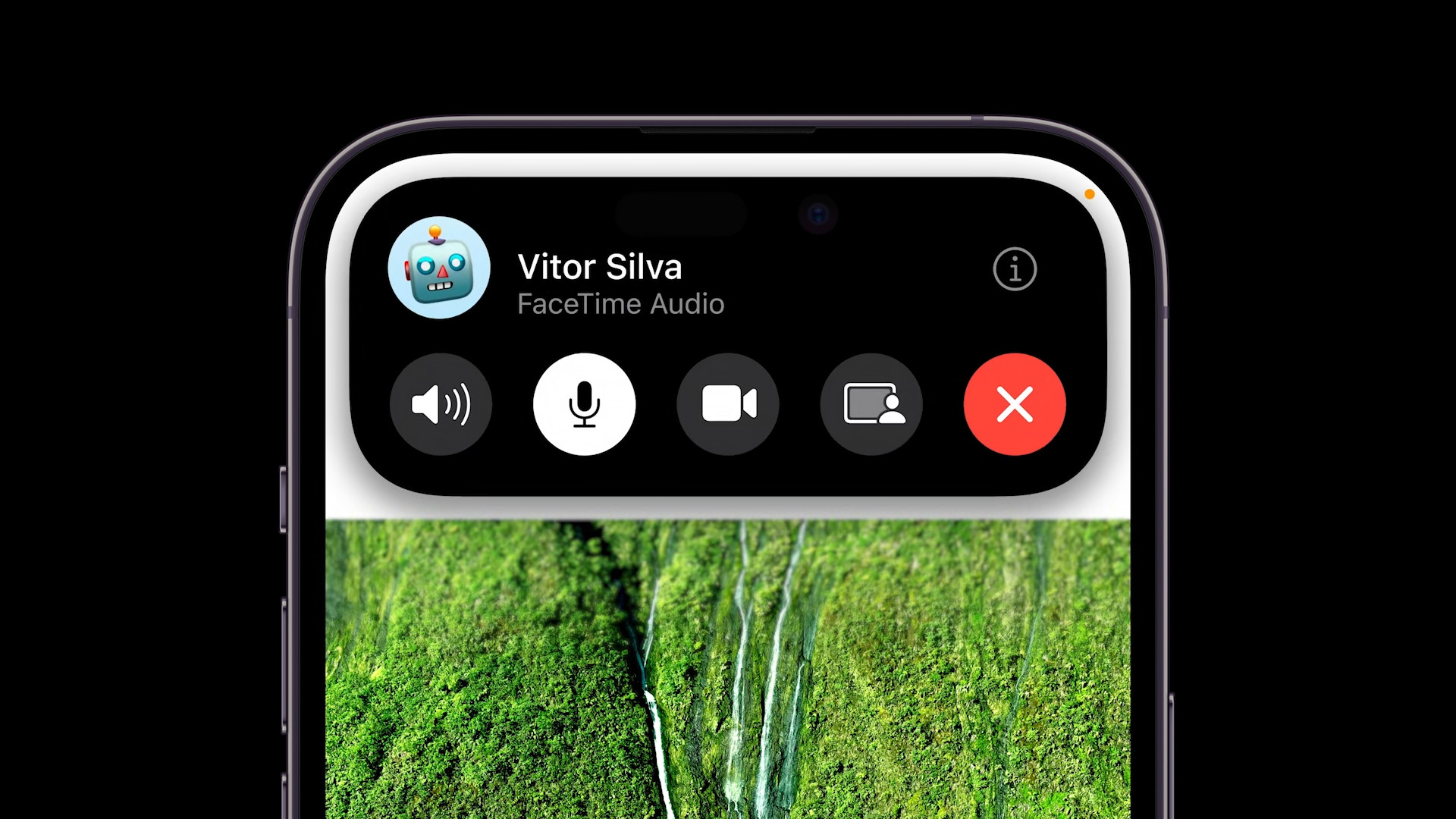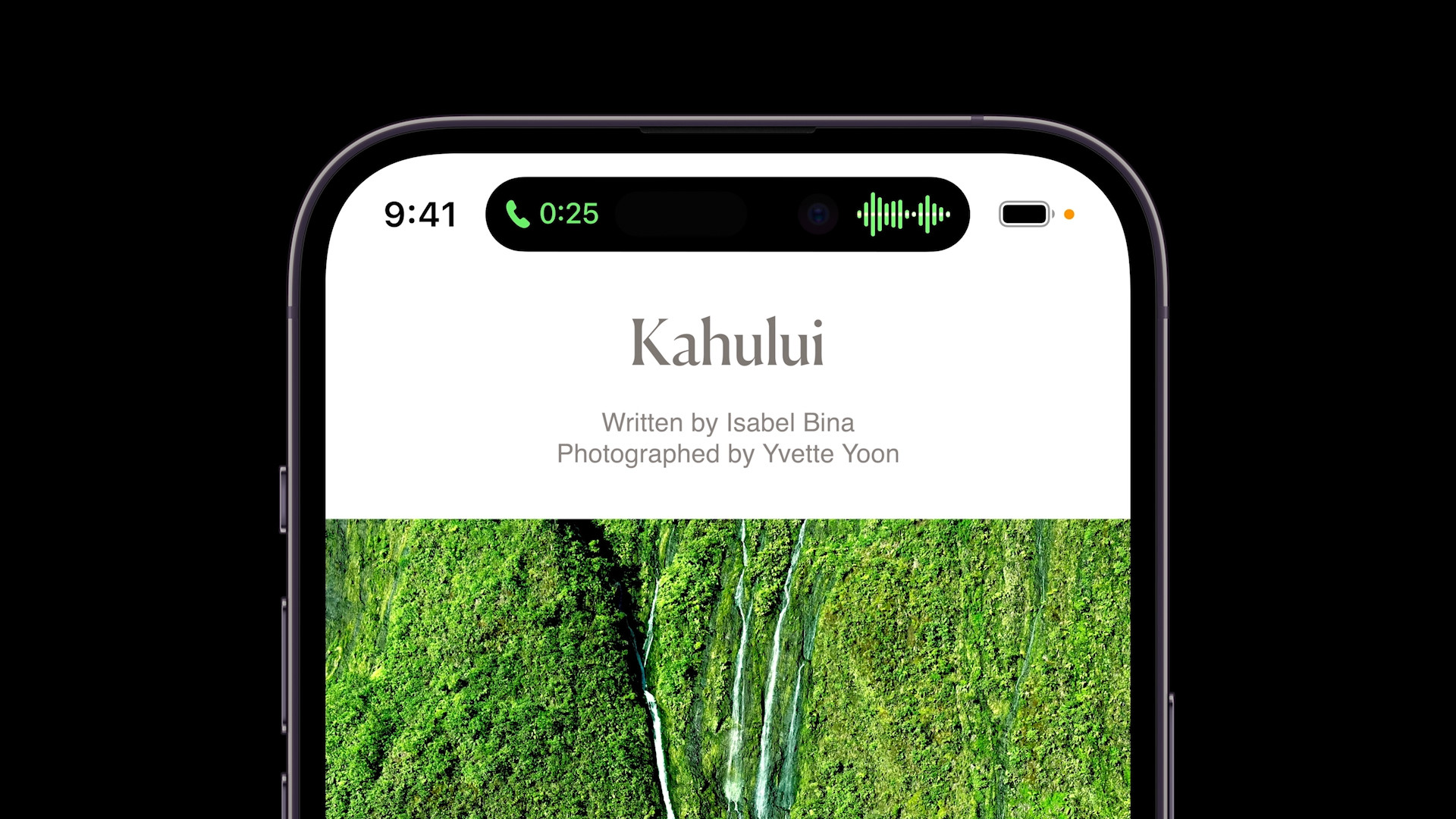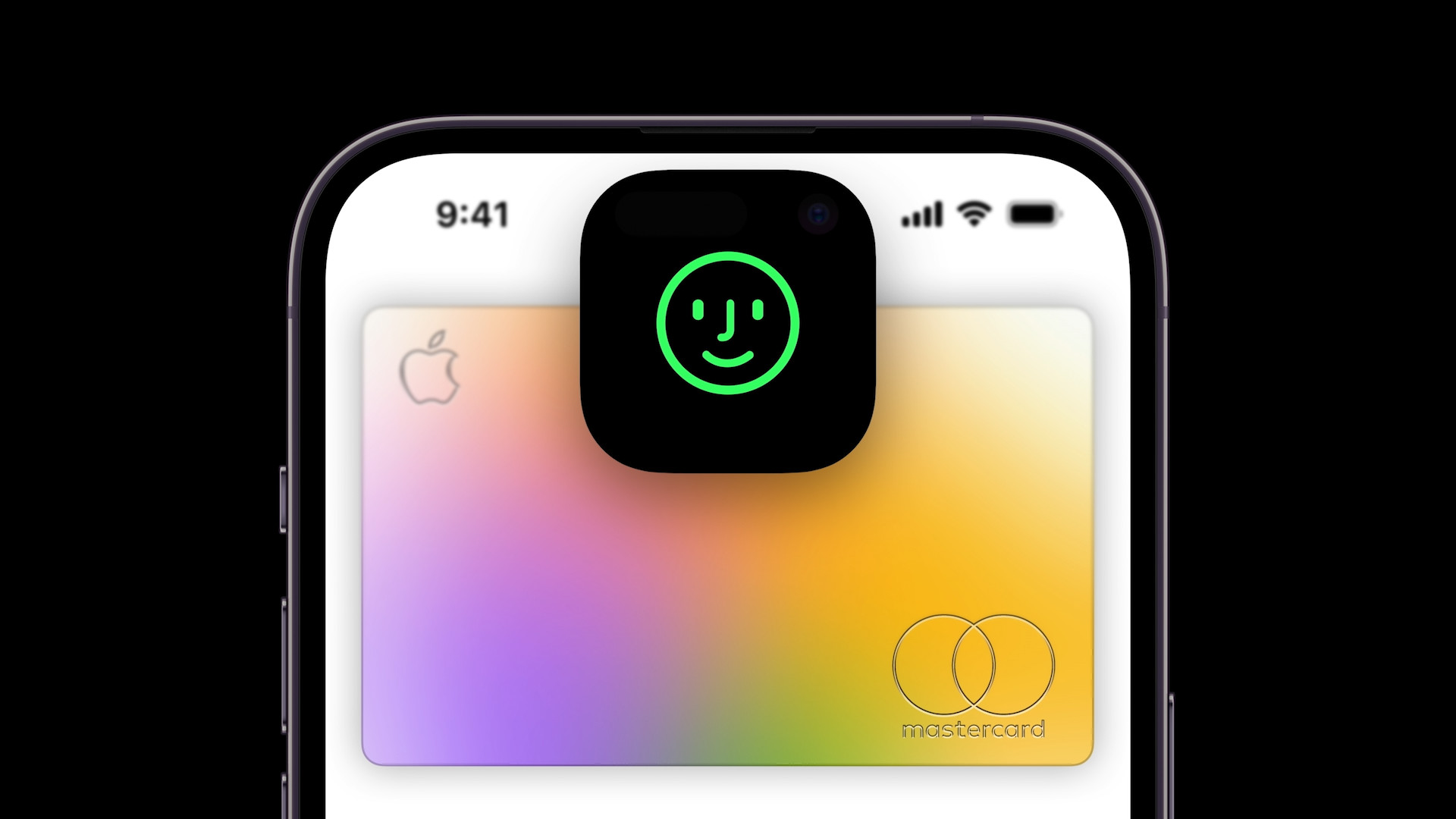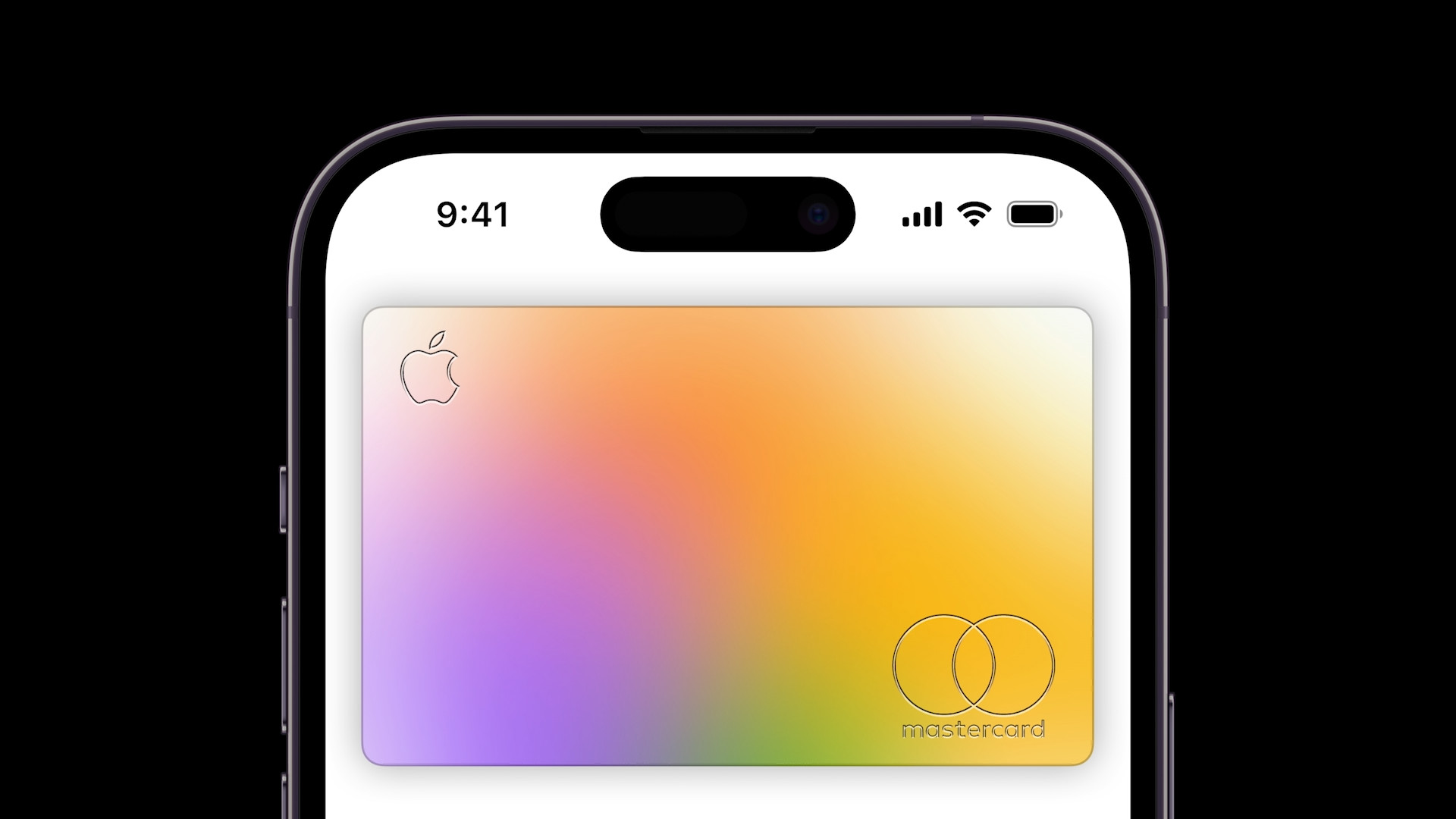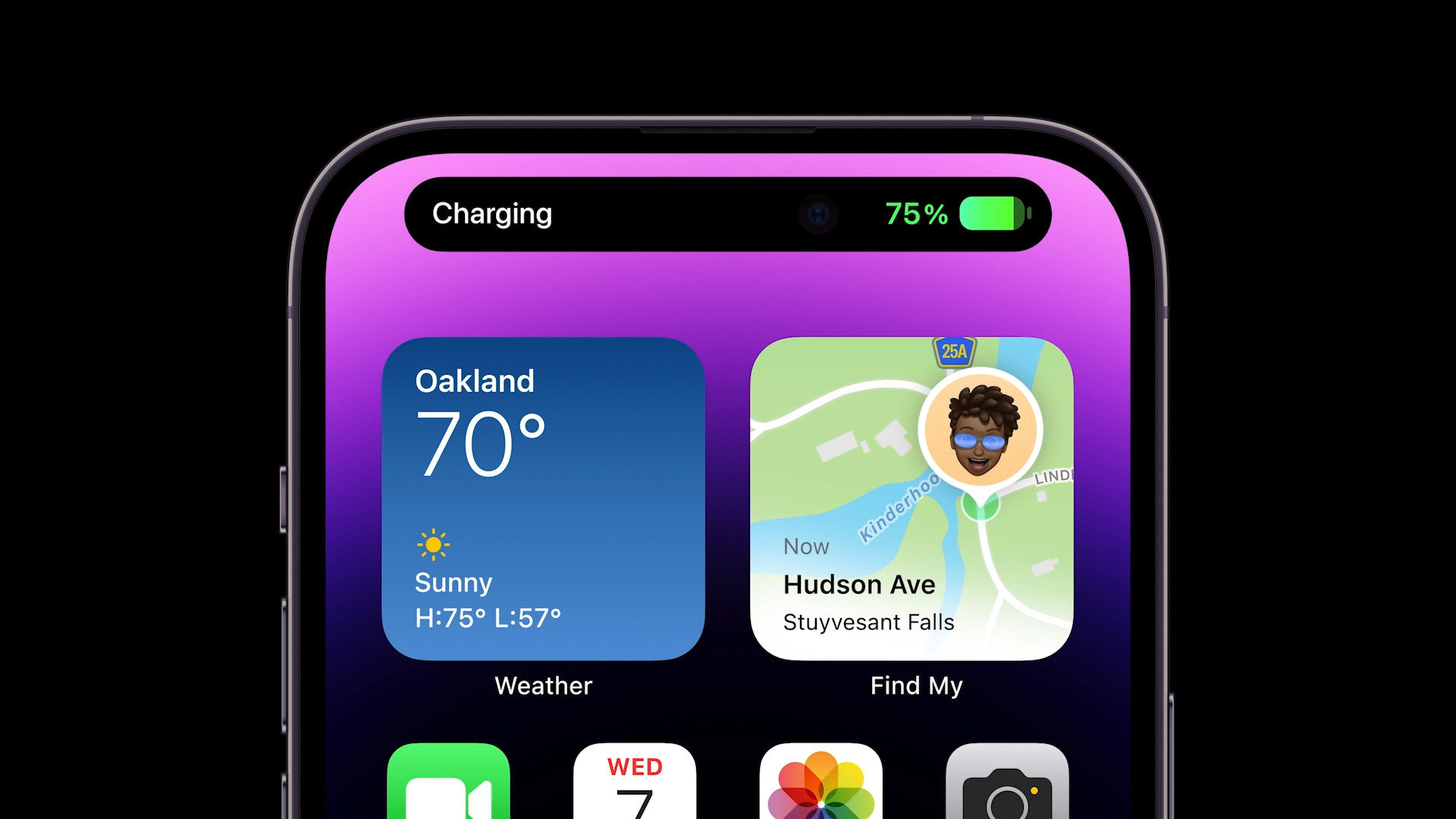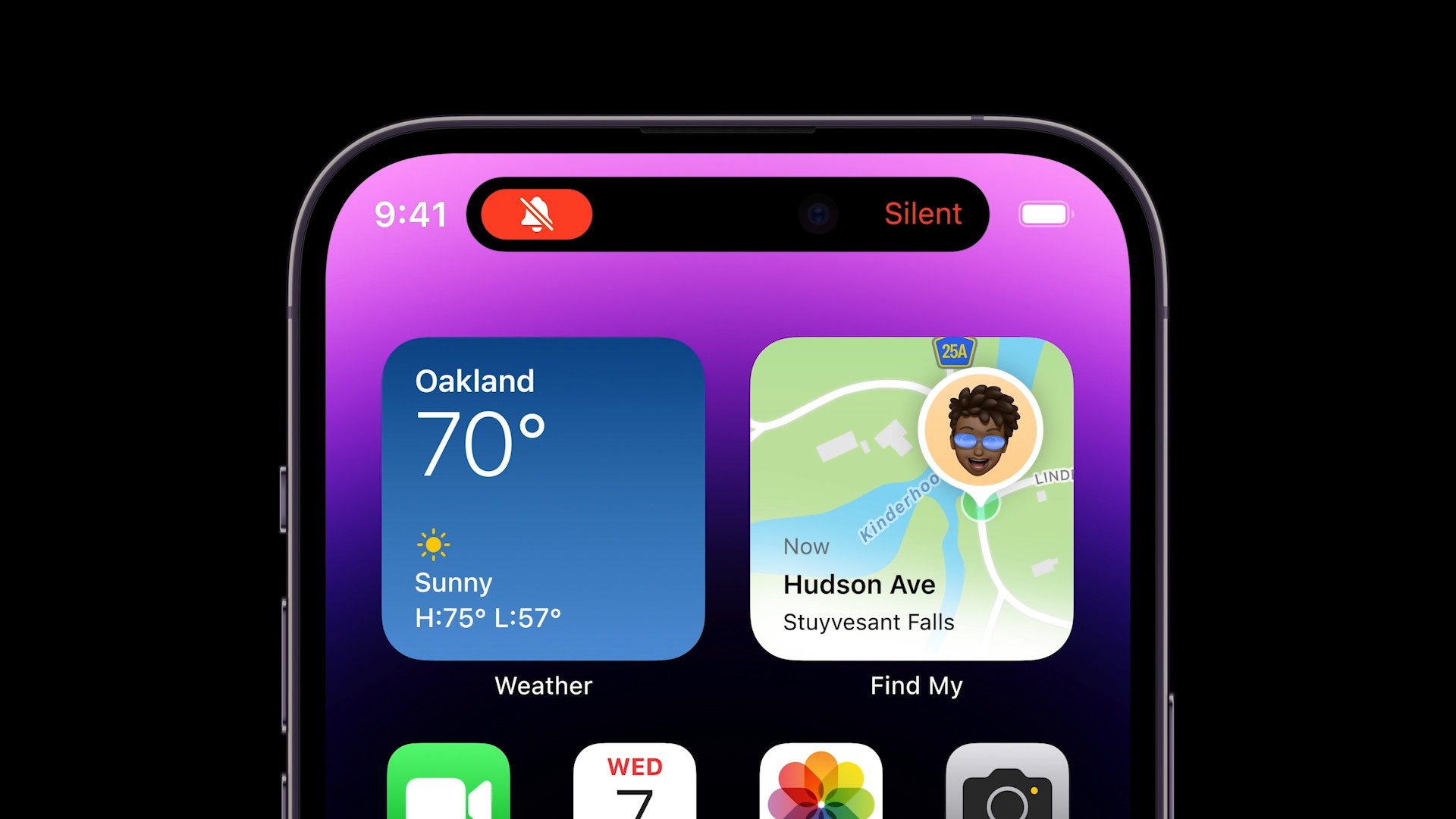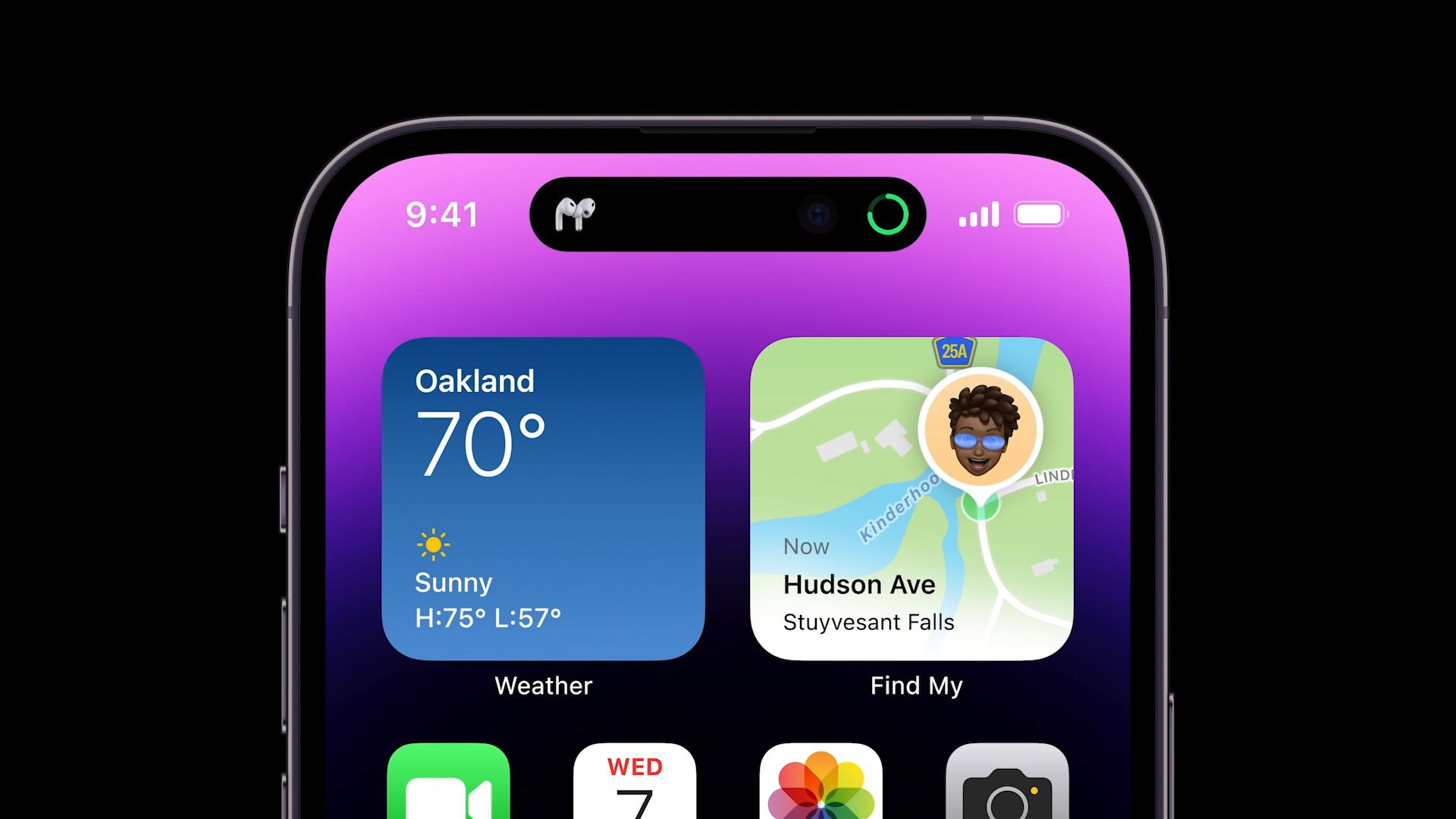A few days ago, Apple presented brand new apple phones at this year's autumn conference. Specifically, we got the iPhone 14 (Plus) and the iPhone 14 Pro (Max). As for the classic model, we did not see much improvement compared to last year's "thirteens". But this does not apply to models labeled Pro, where there are more than enough novelties available and they are definitely worth it, for example in terms of the display. Let's take a look together in this article at 5 interesting things about the iPhone 14 Pro (Max) display that you should know.
It could be interest you
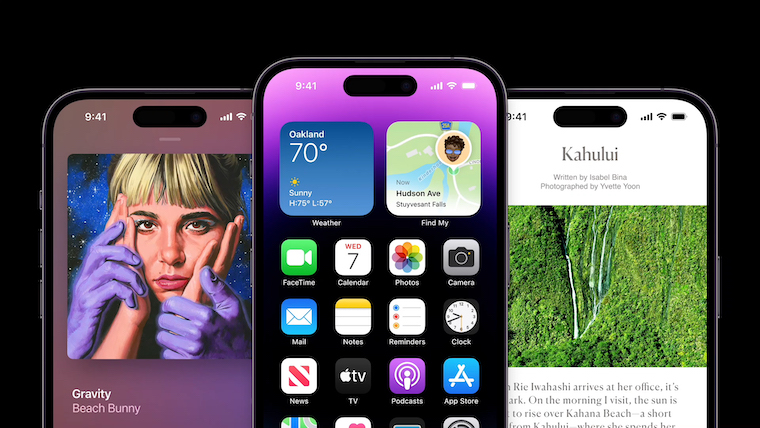
The maximum brightness is unbelievable
The iPhone 14 Pro has a 6.1″ display, while the bigger brother in the form of the 14 Pro Max offers a 6.7″ display. In terms of functions, technologies and specifications, they are otherwise completely identical displays. In particular, they use OLED technology and Apple gave them the designation Super Retina XDR. In the case of the new iPhone 14 Pro (Max), the display has been improved, for example in terms of maximum brightness, which typically reaches 1000 nits, 1600 nits when displaying HDR content, and up to an incredible 2000 nits outdoors. For comparison, such an iPhone 13 Pro (Max) offers a maximum typical brightness of 1000 nits and 1200 nits when displaying HDR content.
Improved ProMotion ensures always-on functionality
As you probably know, the iPhone 14 Pro (Max) comes with the always-on function, thanks to which the display remains on even after the phone is locked. So that the always-on mode does not excessively consume the battery, it is necessary for it to be able to reduce its refresh rate to the lowest possible value, ideally 1 Hz. And this is exactly what the adaptive refresh rate, called ProMotion in iPhones, provides. While on the iPhone 13 Pro (Max) ProMotion was able to use a refresh rate from 10 Hz to 120 Hz, on the new iPhone 14 Pro (Max) we reached the range from 1 Hz to 120 Hz. But the truth is that Apple still lists the refresh rate from 14 Hz to 10 Hz on its website for the new 120 Pro (Max) models, so in reality 1 Hz is only used by always-on and it is not possible to reach this frequency during normal use.
It could be interest you
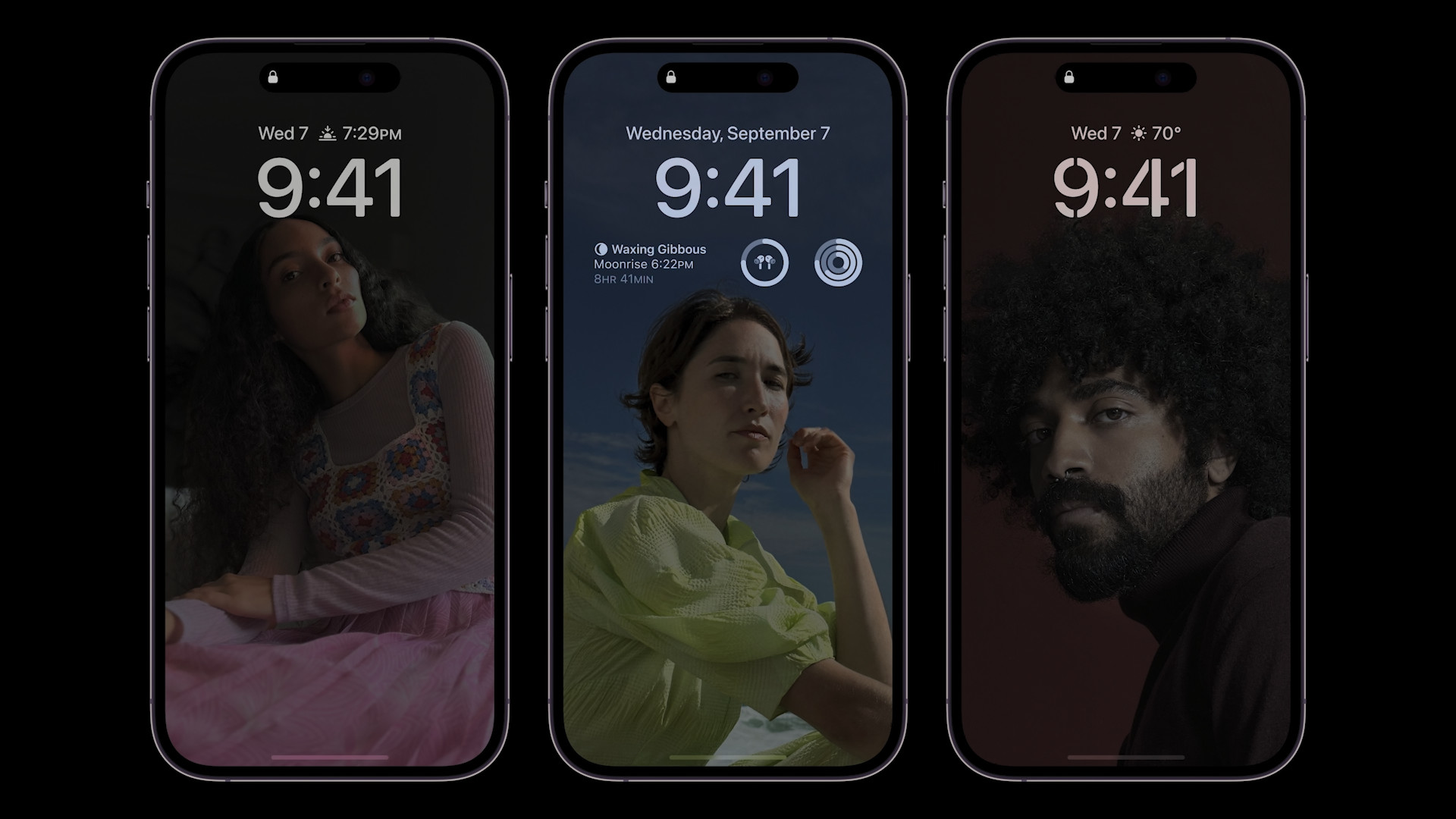
Outdoor visibility is 2x better
In one of the previous paragraphs, I already mentioned the values of the maximum brightness of the display, which have increased significantly for the new iPhone 14 Pro (Max). In addition to the fact that you will appreciate the higher brightness, for example, when viewing beautiful photos, you will also appreciate it outdoors on a sunny day, when nothing much can be seen on ordinary displays, precisely because of the sun. Since the iPhone 14 Pro (Max) offers an outdoor brightness of up to 2000 nits, this practically means that the display will be twice as readable on a sunny day. The iPhone 13 Pro (Max) was able to produce a maximum brightness of 1000 nits in the sun. The question remains, however, what the battery will say about it, i.e. whether there will be a significant reduction in endurance during long-term outdoor use.
It could be interest you
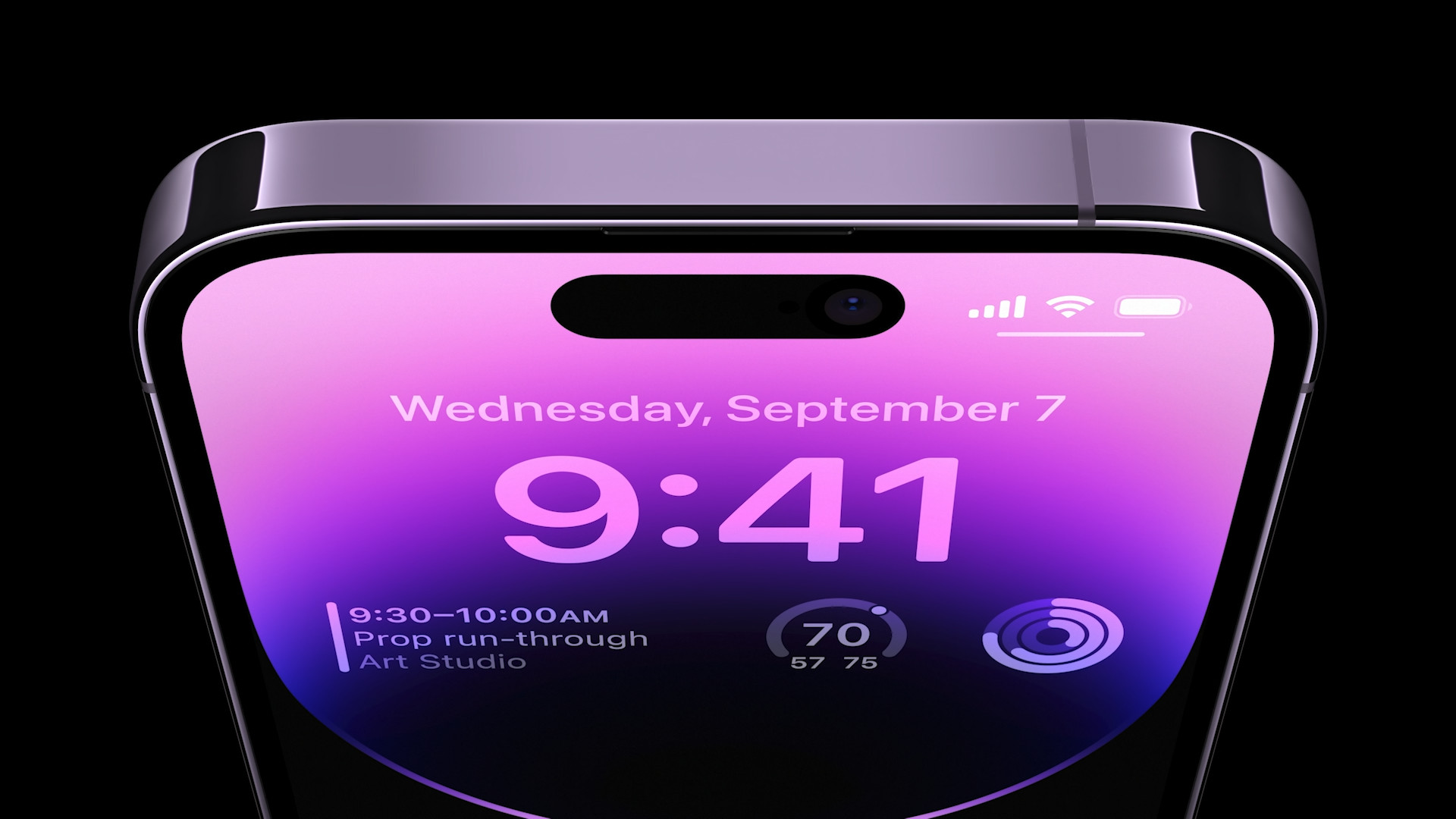
Display Engine takes care of the display and saves the battery
In order to use the always-on display on the phone, the display must use OLED technology. This is because it displays the color black in such a way that it completely turns off the pixels in this place, so the battery is saved. The competitor's classic always-on display looks like it turns off completely and shows only a minimum of some information, such as the time and date, to save battery. At Apple, however, they also embellished the always-on function to perfection. The iPhone 14 Pro (Max) does not turn off the display completely, but only darkens the wallpaper you have set, which is still visible. In addition to the time and date, widgets and other information are also displayed. Theoretically, it follows that the always-on display of the new iPhone 14 Pro (Max) must have a very negative effect on battery life. But the opposite is true, as Apple has implemented the Display Engine in the new A16 Bionic chip, which takes care of the display completely and guarantees that it will not consume the battery excessively and that the so-called display will not burn.
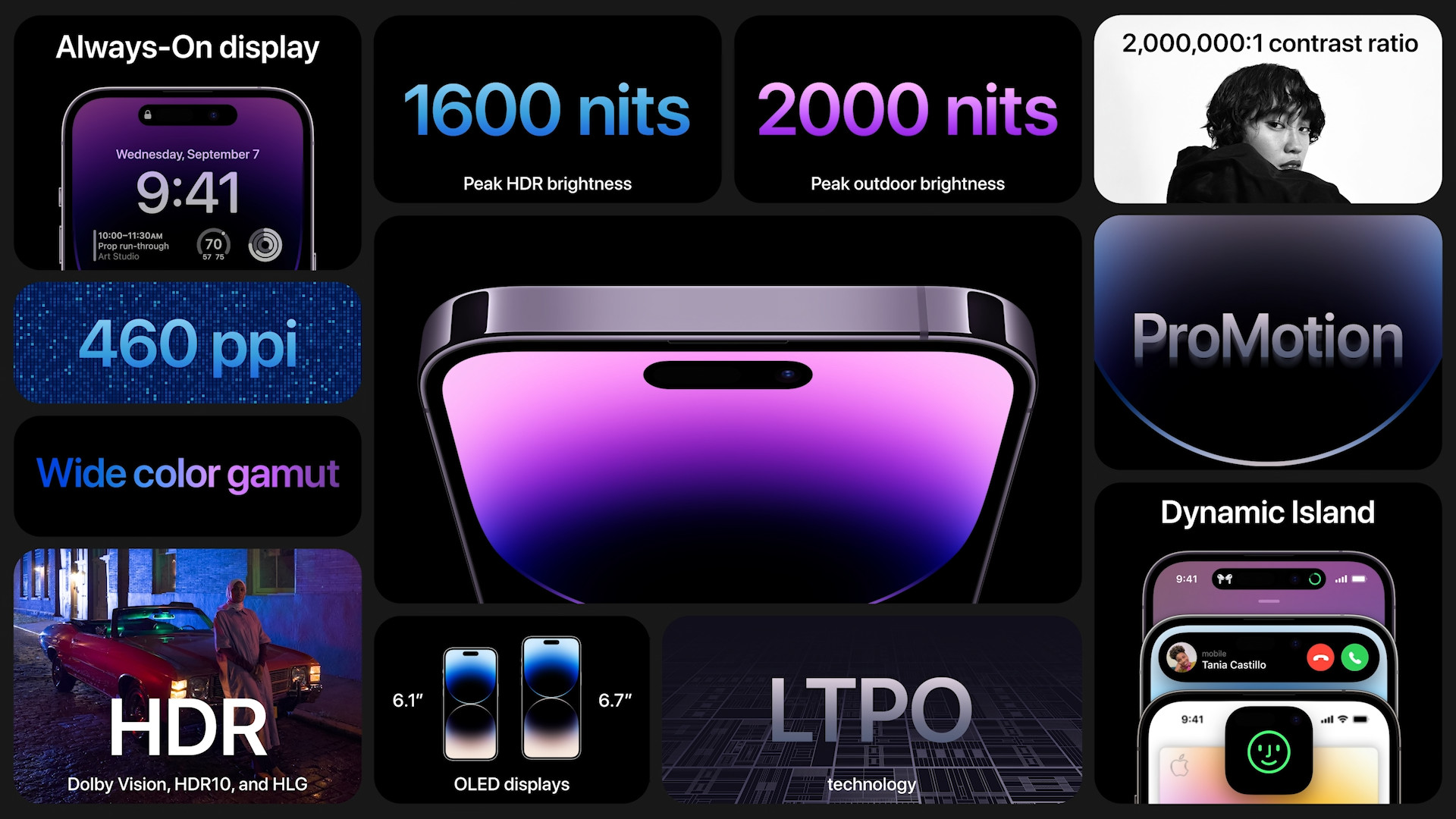
The dynamic island is not "dead"
Undoubtedly, one of the main innovations that Apple introduced with the iPhone 14 Pro (Max) is the dynamic island that is located at the top of the display and replaced the legendary cutout. The dynamic island is therefore a pill-shaped hole, and it didn't earn its name for nothing. This is because Apple has created an integral part of the iOS system from this hole, because based on open applications and performed actions, it can stretch and enlarge in every possible way and display the necessary data or information, i.e., for example, the time when the stopwatch is running, etc. Many users think that it is a dynamic island "dead" part of the display, but the opposite is true. The dynamic island can recognize a touch and, for example, open the appropriate application, in our case the Clock.
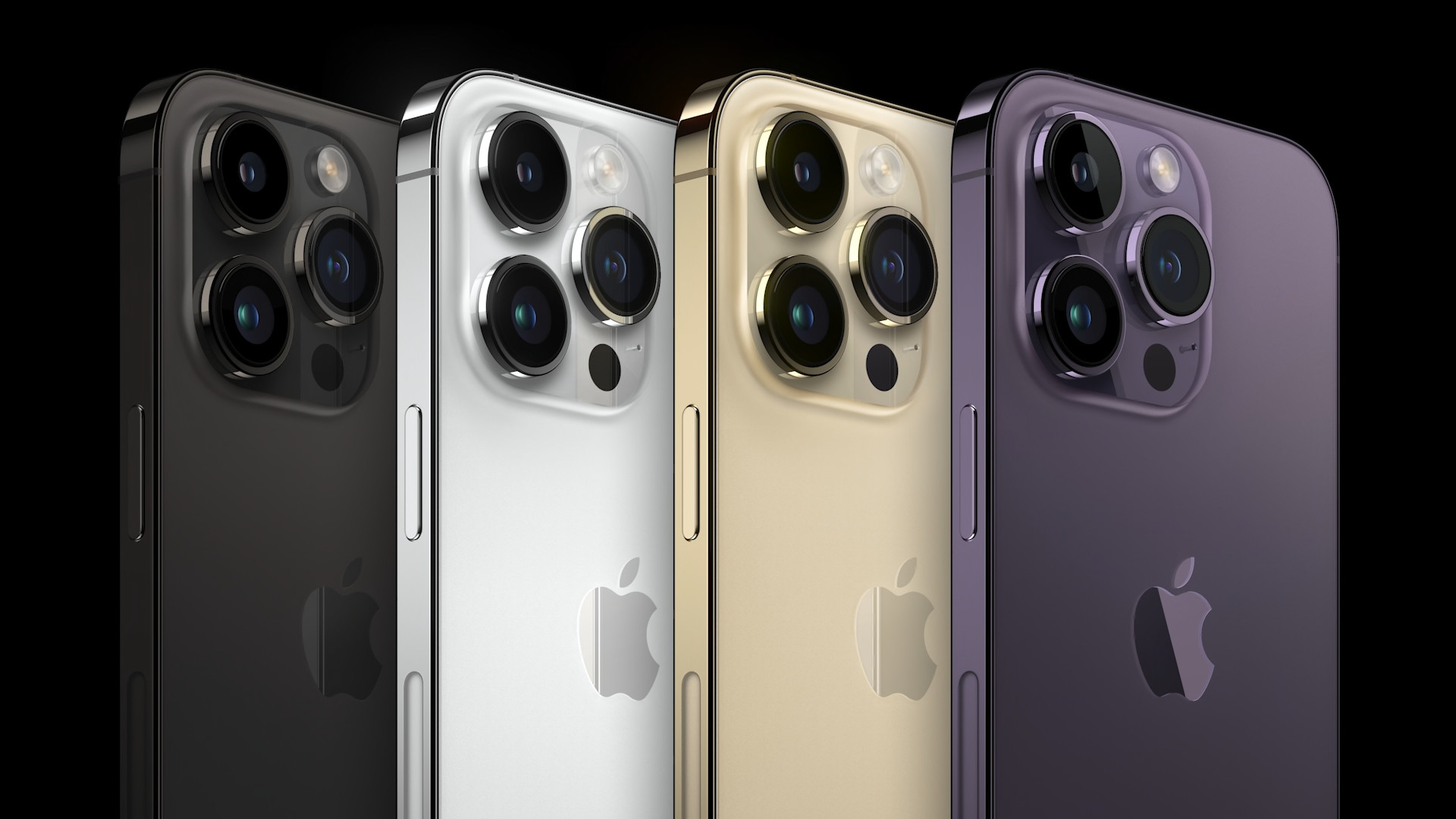
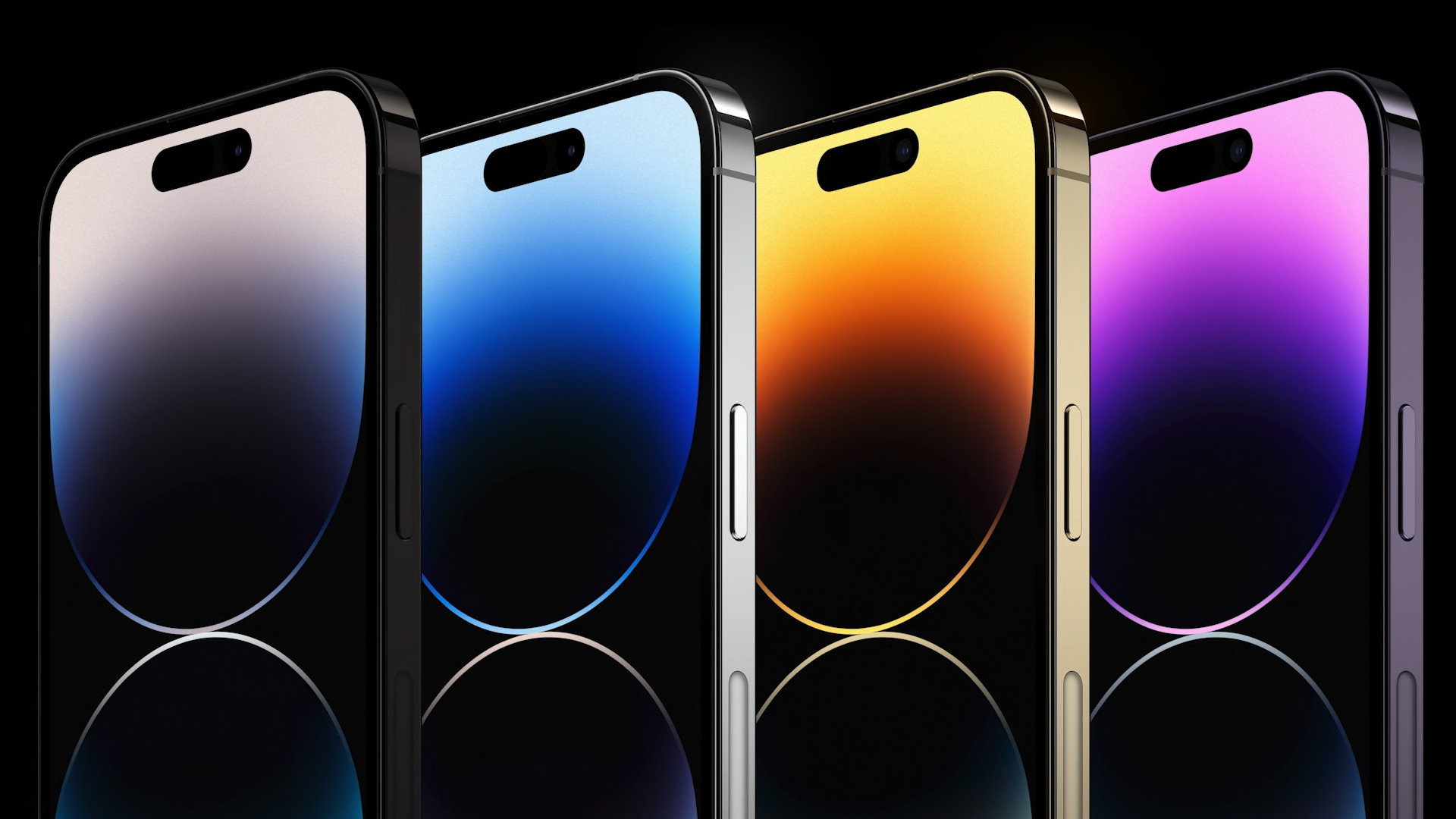
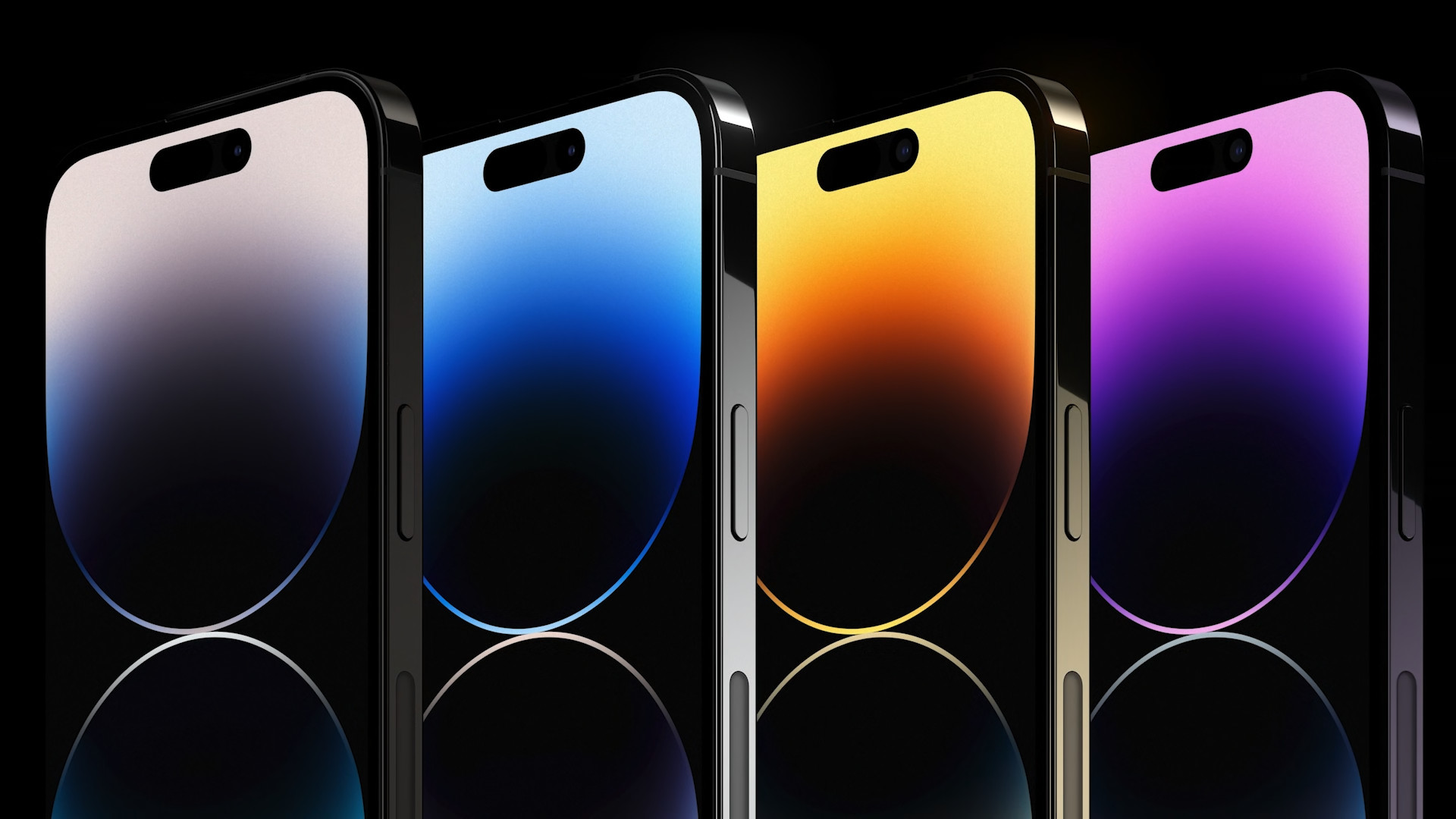
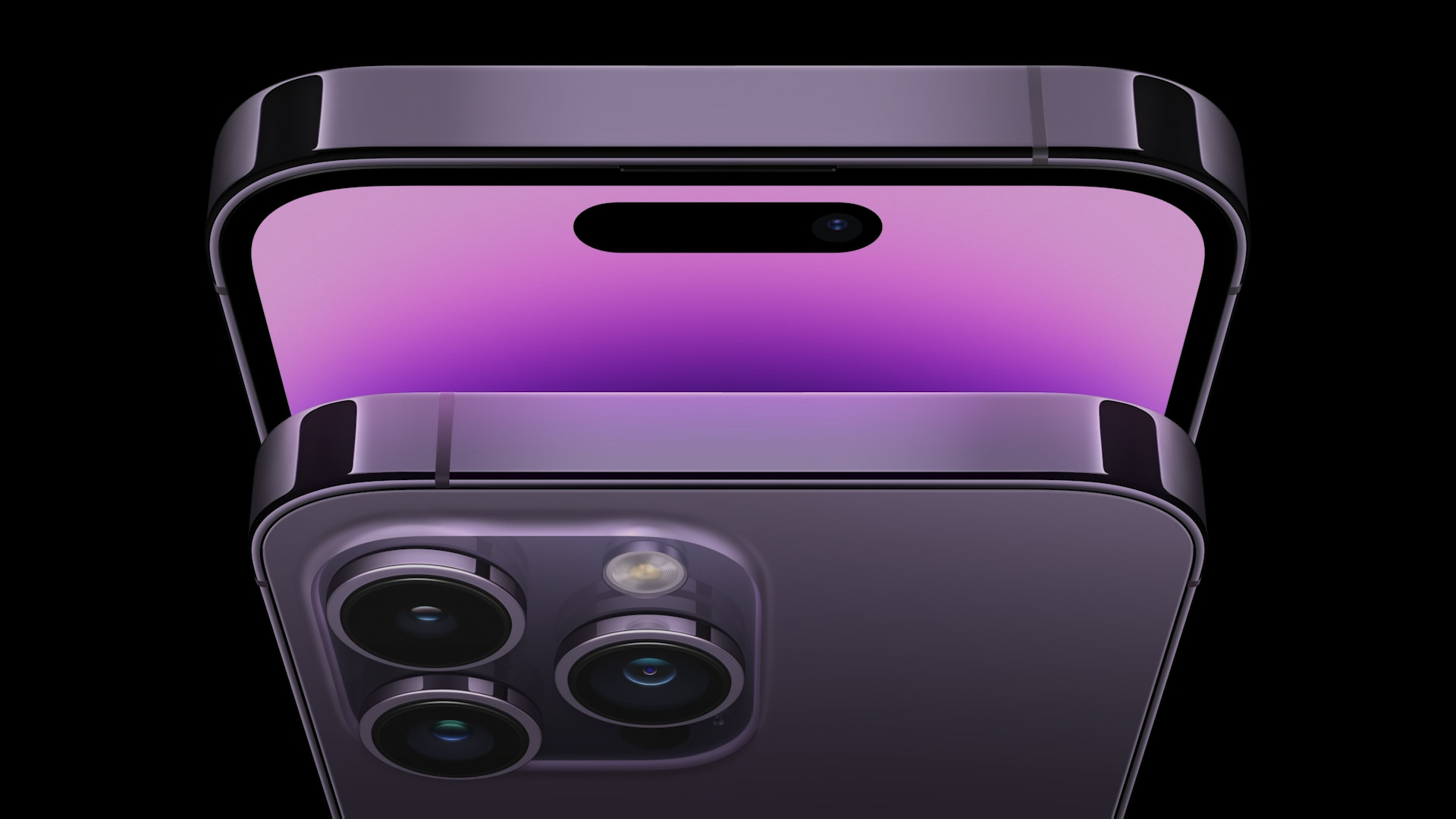
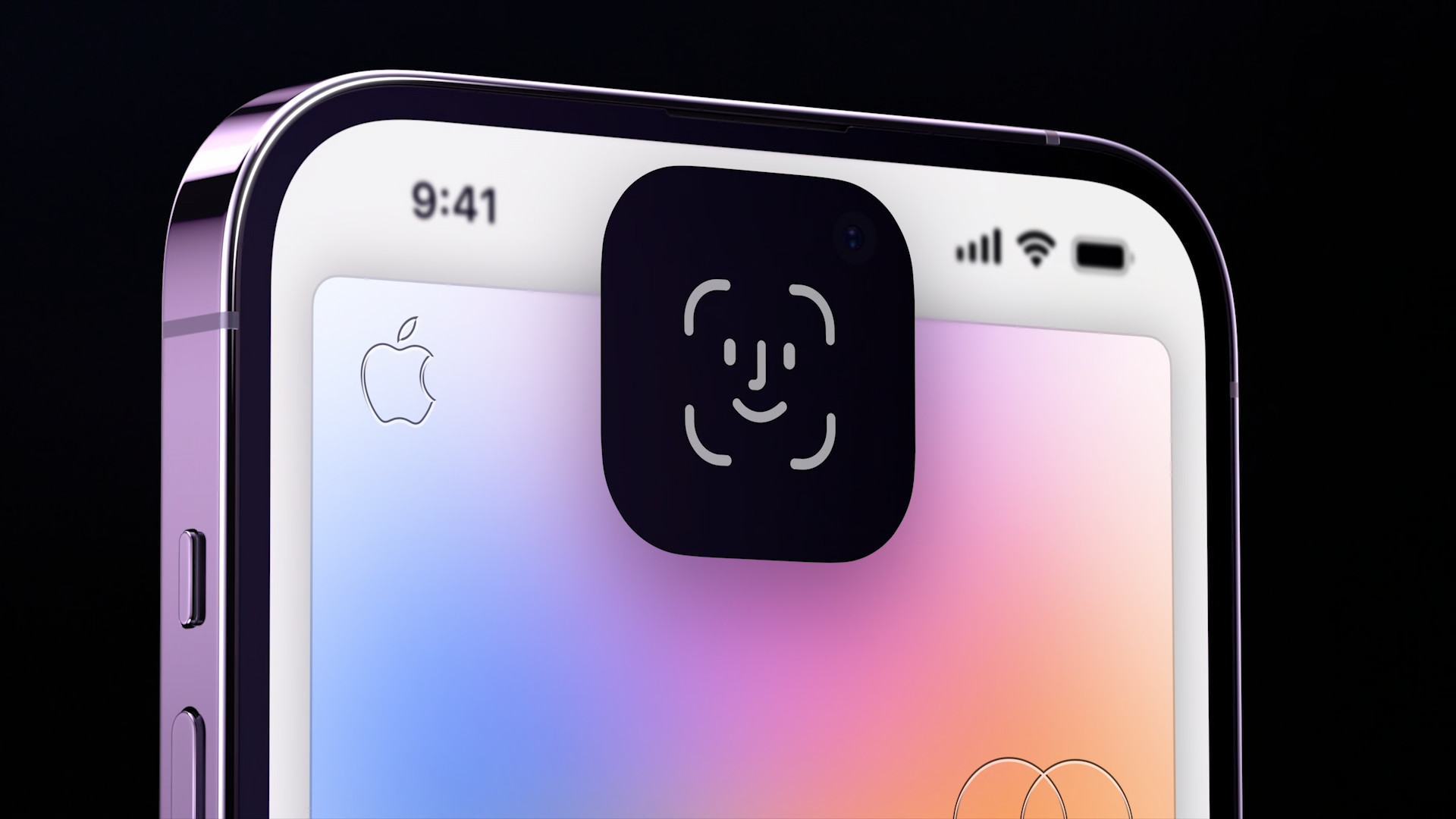
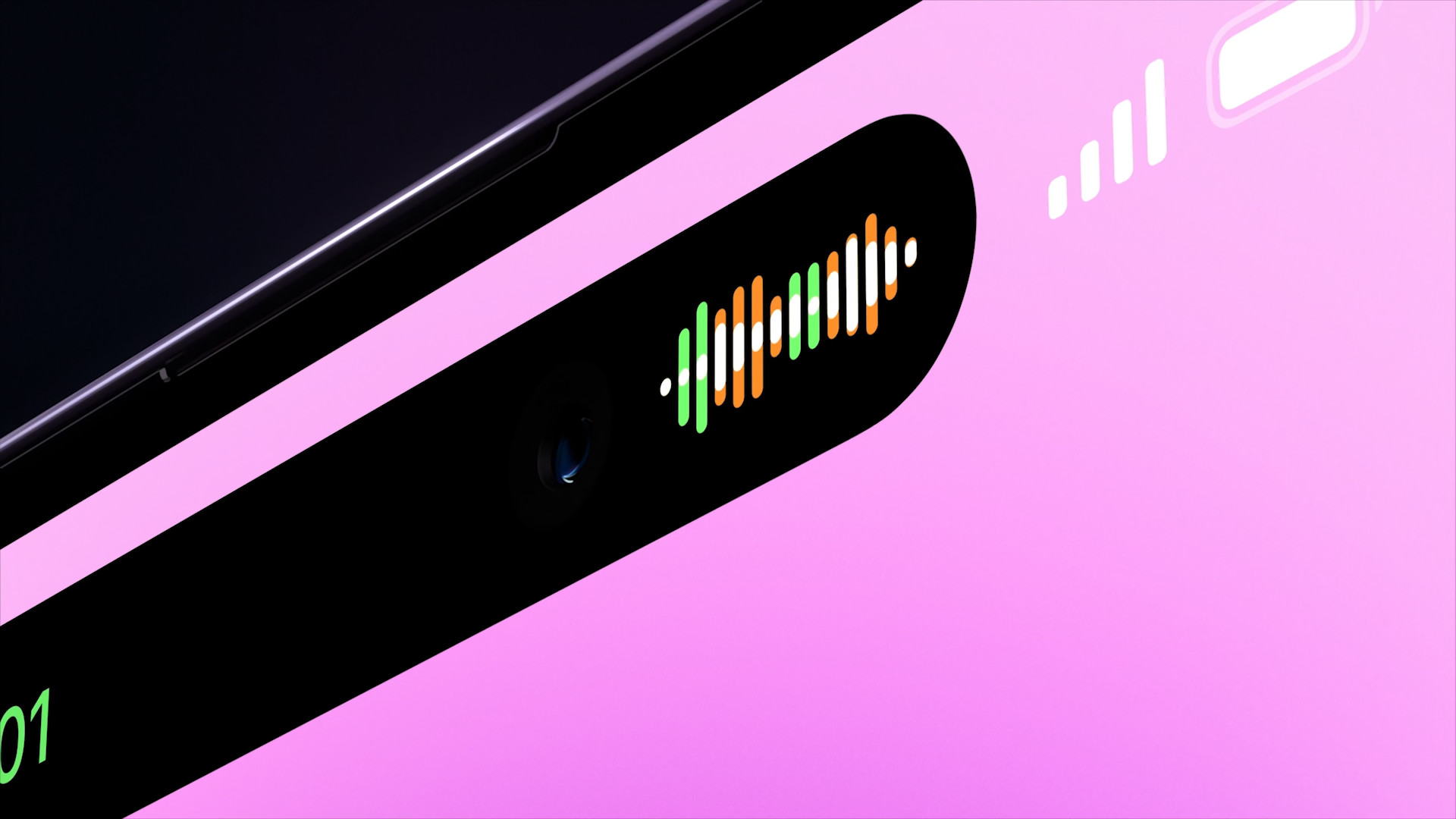
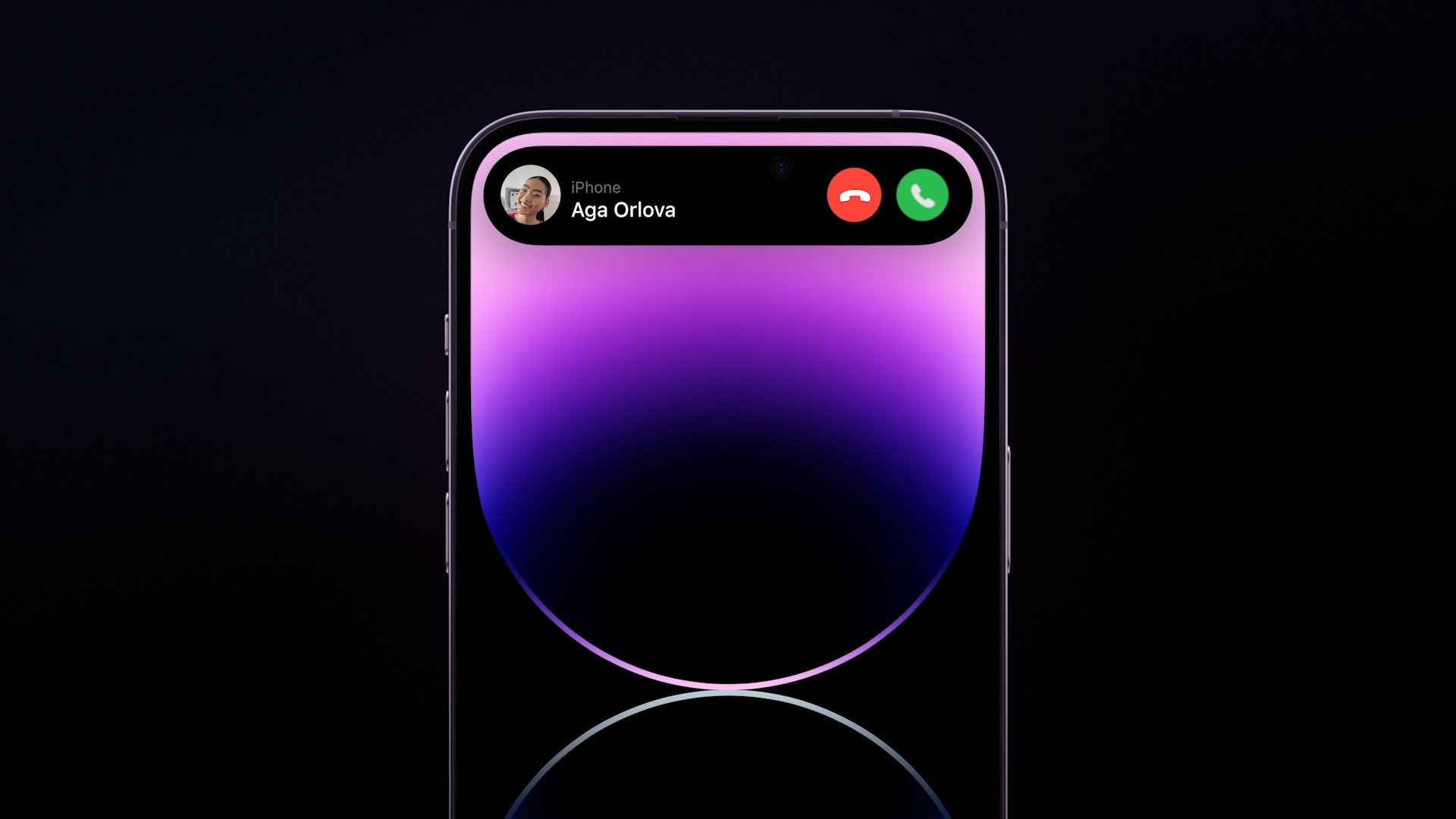
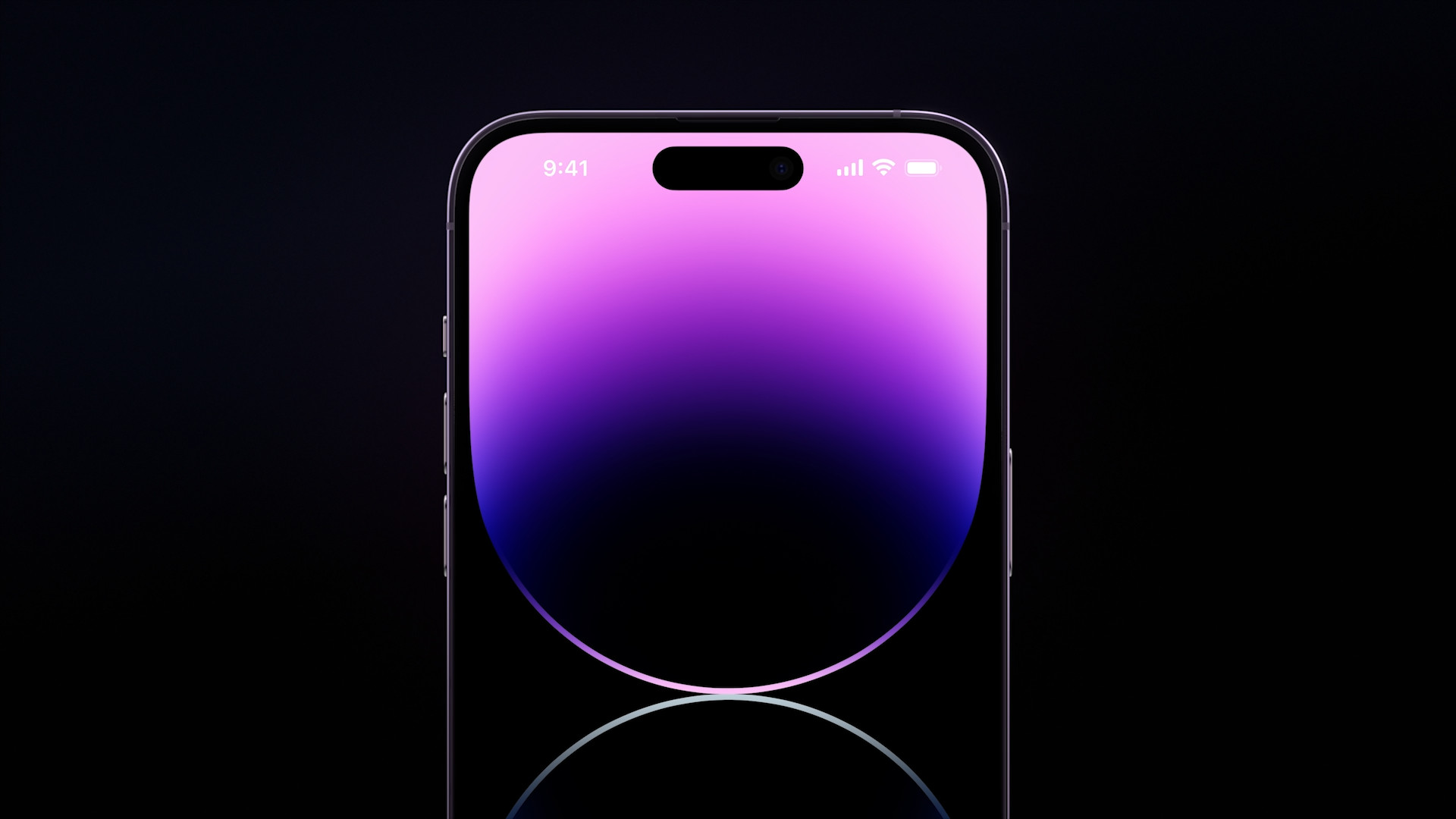
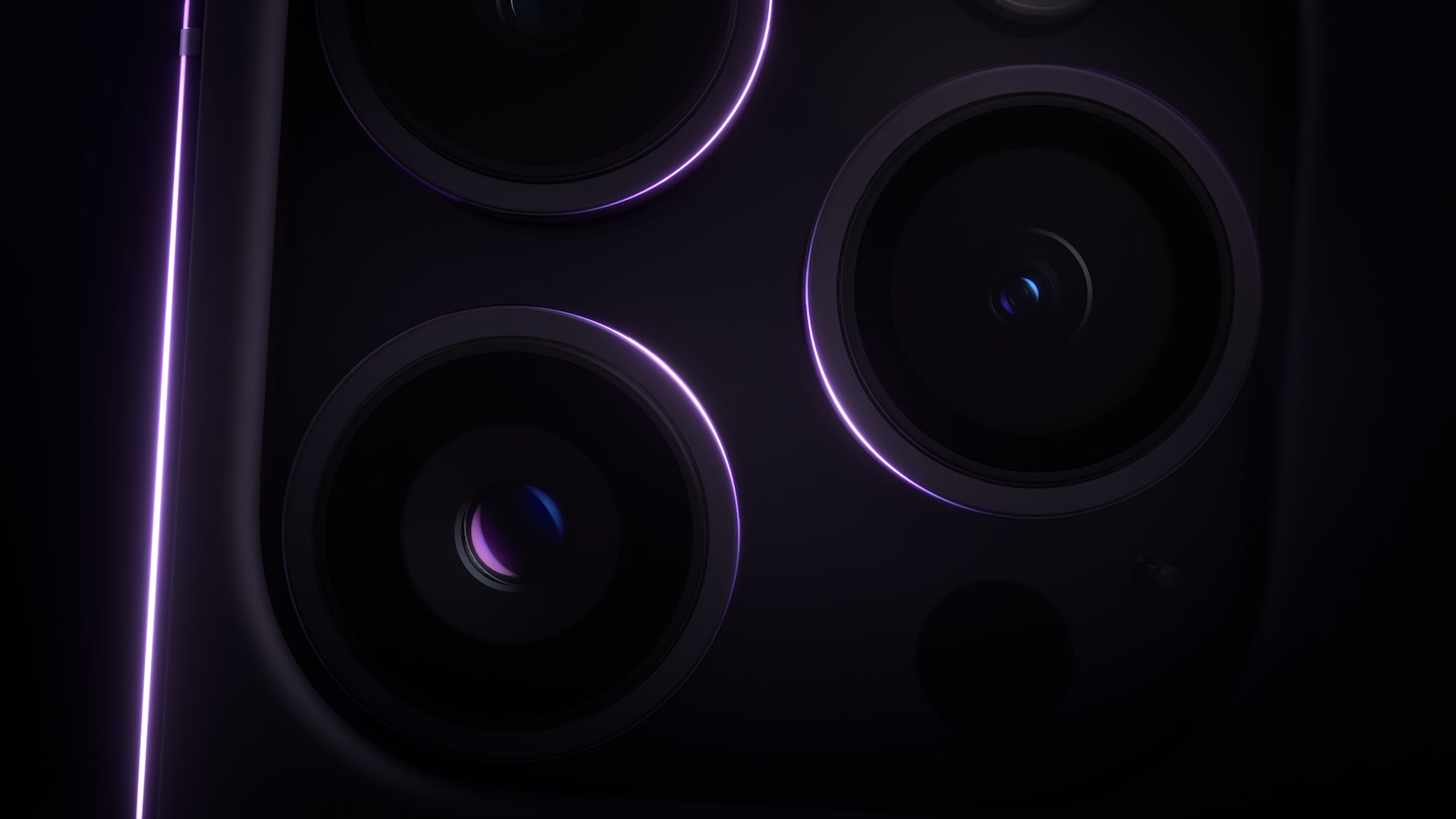

 Flying around the world with Apple
Flying around the world with Apple  Adam Kos
Adam Kos 